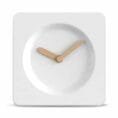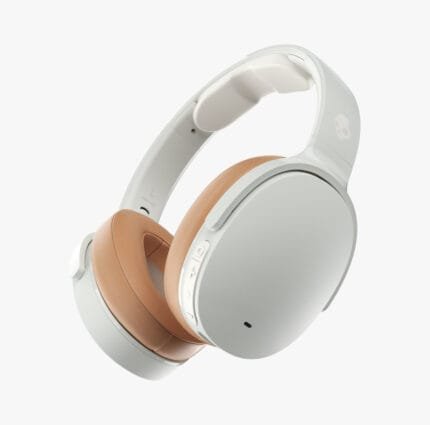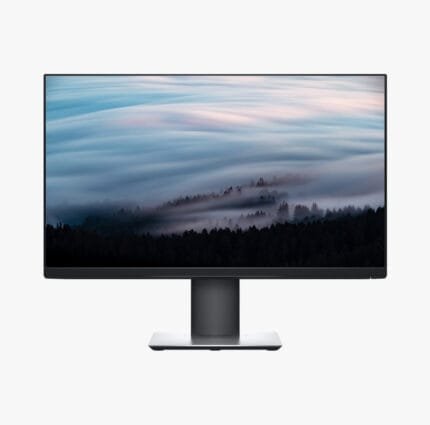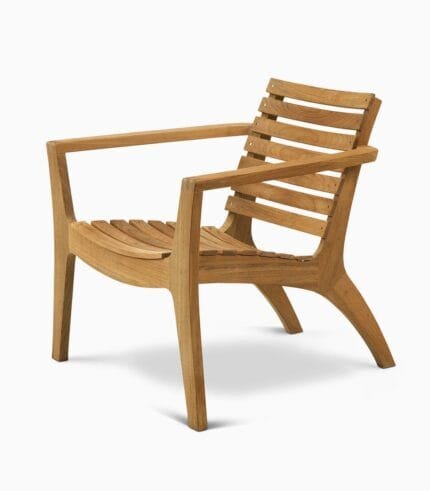Passionately Crafting Intricate, Beautiful Digital Art: Unleashing the Power of Digital Artistry
Digital artistry has roots that trace back to the early experiments with computer graphics in the mid-20th century. It began with primitive software and rudimentary digital sketches produced on mainframe computers, reflecting the limited capabilities of the technology at the time. As computing power and software design evolved, so too did the complexity and aesthetic quality of digital art. The transition from pixel art to vector graphics, and eventually to sophisticated digital paintings, marks the journey of digital artistry.The transformation of digital art is inextricably linked to technological advancements. Early pioneers had access to only basic tools, but innovations such as graphic tablets have fundamentally changed the landscape. The introduction of advanced software like Adobe Photoshop and Procreate has provided artists with an expansive toolkit, enabling the creation of intricate and beautiful digital masterpieces. These tools have democratized art, making it more accessible to a broader range of people by eliminating the cost and physical limitations of traditional media.Key milestones in the journey of digital artistry include the development of pressure-sensitive graphic tablets in the late 1980s and early 1990s, which allowed for more nuanced and expressive strokes. The advent of the internet and digital platforms has further revolutionized the field. Websites and social media have become virtual galleries where artists can showcase their work, gain followers, and even find commercial opportunities. Platforms like DeviantArt and ArtStation have developed into global communities that foster collaboration and mutual inspiration among digital artists.The digital art community celebrates a spirit of sharing and collective growth, where artists contribute tutorials, share techniques, and offer constructive feedback. This collaborative environment has nurtured innovation and the exchange of creative ideas across borders and cultures. The digital medium offers endless possibilities for style, technique, and expression. Artists can experiment with hyper-realism, surrealism, abstract art, and countless other styles without the constraints imposed by physical media. The flexibility and versatility of digital tools enable artists to constantly push the boundaries of their creativity, leading to ever more intricate and beautiful works of art. As technology continues to advance, the potential for digital artistry to evolve is boundless.
Techniques and Tools for Creating Intricate Digital Art
In the realm of digital artistry, an array of tools and techniques play a pivotal role in crafting intricate and beautiful creations. Essential tools for digital artists include drawing tablets and styluses, which allow for precise control akin to traditional drawing. Popular brands like Wacom and Huion provide a range of tablets that cater to various skill levels, ensuring that every artist can find the right tool for their needs. Software options, such as Adobe Photoshop, Corel Painter, and Procreate, each offer unique features that enhance an artist’s ability to create detailed and vibrant art. These platforms provide an assortment of brushes, filters, and layers, empowering artists to bring their visions to life with unprecedented flexibility.
Mastering the fundamentals of composition, color theory, and lighting is essential whether one is working with traditional or digital mediums. Composition dictates the arrangement of visual elements in a piece, guiding the viewer’s eye and creating harmony. Color theory involves understanding the relationships between colors and how they can be combined to evoke specific emotions. Lighting, with its influence on mood and depth, can dramatically alter the narrative of the artwork. These principles form the backbone of digital art and greatly influence the final outcome.
Specific digital techniques that add depth and detail include layering, blending modes, and the use of texture and custom brushes. Layering allows artists to build complex images by stacking different elements, which can then be manipulated individually. Blending modes enable artists to creatively combine different layers and achieve various effects. Texture brushes—whether mimicking traditional media or creating new patterns—add a tangible quality to the work. Custom brushes, often designed by the artists themselves, allow for unique strokes and textures tailored to their specific needs.
The process of iterative refinement is fundamental in digital art. Artists continually revise their work, making improvements and adjustments to achieve the desired outcome. This iterative process often involves trials, errors, and adjustments, leading to increasingly polished pieces. In the world of 3D digital art, digital sculpting tools such as ZBrush offer incredible detail, allowing artists to model and refine 3D sculptures with remarkable precision.
To illustrate the power of these techniques and tools, consider the work of renowned digital artists like Beeple. His intricate, futuristic scenes are testament to the effectiveness of combining these methods. Beeple, alongside other artists who share their process and emotional connection to their craft, exemplifies the possibilities in creating awe-inspiring digital art. Through passion, practice, and mastery of their tools, these artists push the boundaries of what is achievable, creating pieces that capture the imagination and stand as masterful works of digital artistry.





















